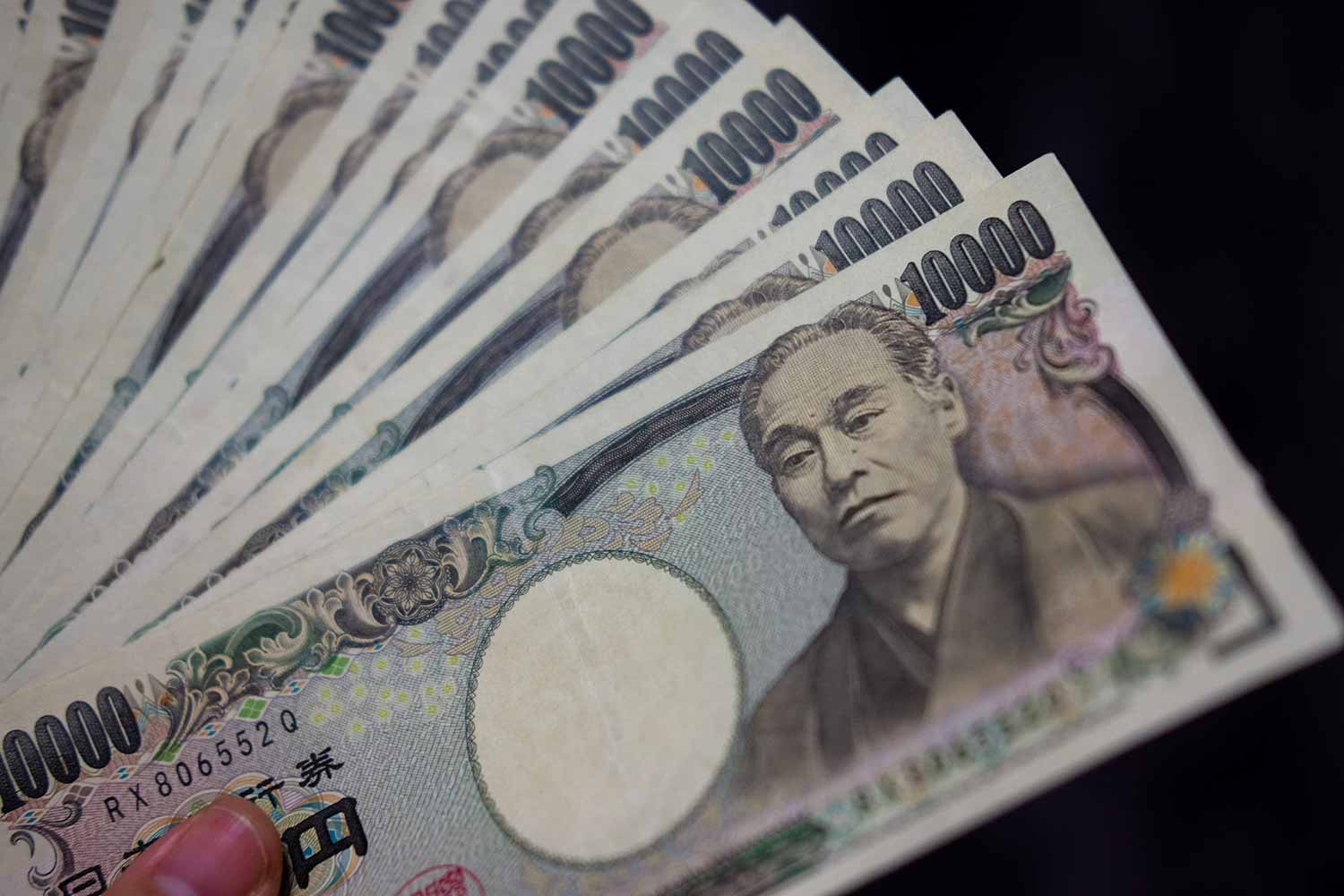Overview of the Nikkei Index and USD/JPY relationship
The Nikkei Index, also known as the Nikkei 225, is a prominent stock market index in Japan, representing the performance of 225 major companies listed on the Tokyo Stock Exchange. On the other hand, the USD/JPY exchange rate indicates the value of the U.S. dollar relative to the Japanese yen. Understanding the correlation between the Nikkei Index and USD/JPY is crucial for investors and market participants as it provides insights into the interdependence of the Japanese stock market and currency fluctuations.
Importance of understanding the correlation
The relationship between the Nikkei Index and USD/JPY can help investors make informed decisions and manage risks. Currency movements can impact the profitability of Japanese exporters and, consequently, stock prices. Changes in the USD/JPY exchange rate can also reflect market sentiment, risk appetite, and economic conditions. By comprehending this correlation, investors can better navigate the Japanese market, anticipate potential trends, and adjust their investment strategies accordingly.
Factors Influencing the Nikkei Index and USD/JPY
The Nikkei Index and USD/JPY exchange rate are influenced by various factors that shape their movements and interplay. Understanding these factors is crucial for investors and analysts seeking to navigate the dynamic Japanese stock market and currency markets. Currency depreciation/appreciation, risk sentiment and market dynamics, economic factors and indicators, historical analysis, and other complexities play significant roles in shaping the Nikkei Index and USD/JPY relationship.
By examining these factors, one can gain valuable insights into market trends, investor sentiment, and the broader economic landscape, empowering informed decision-making and analysis of the Nikkei Index and USD/JPY dynamics.
- Currency depreciation/appreciation
Impact on Japanese exporters
Currency depreciation, which refers to a decline in the value of a currency, can have a significant impact on Japanese exporters. When the yen depreciates against the U.S. dollar, it makes Japanese goods relatively cheaper for foreign buyers. This can lead to increased demand for Japanese exports, benefiting companies that rely heavily on international trade. As export-oriented companies experience higher sales and potential profit growth, it can have a positive effect on their stock prices, contributing to a rise in the Nikkei Index.
Effects on stock prices and profitability
Currency depreciation can directly affect the profitability of Japanese companies, particularly those engaged in exporting goods and services. When the yen weakens, the value of foreign currency earnings increases when converted back into yen. This can enhance the bottom line of companies, improve earnings per share, and potentially lead to higher stock valuations. As a result, the Nikkei Index, representing the overall performance of the Japanese stock market, may experience an upward trend during periods of yen depreciation. Conversely, yen appreciation can have the opposite effect, potentially impacting the profitability and stock prices of exporting companies and influencing the Nikkei Index negatively.
- Risk sentiment and market dynamics
Relationship between market sentiment and USD/JPY
The USD/JPY exchange rate is strongly influenced by market sentiment and risk appetite. During periods of increased risk aversion or market turmoil, investors tend to seek safe-haven assets such as the Japanese yen. As demand for the yen rises, its value strengthens relative to the U.S. dollar, leading to a decrease in the USD/JPY exchange rate. This inverse relationship between risk sentiment and the USD/JPY exchange rate can be attributed to investors’ preference for lower-risk investments in uncertain times.
Influence on the Nikkei Index during risk-on and risk-off periods
Changes in risk sentiment and the USD/JPY exchange rate can have a notable impact on the Nikkei Index. During risk-on periods characterized by optimism and higher risk appetite, investors may seek higher-yielding assets and allocate funds to the Japanese stock market. This increased demand for stocks can contribute to a rise in the Nikkei Index. Conversely, during risk-off periods when investors are more cautious and risk-averse, there may be a flight to safety, leading to a stronger yen and potential downward pressure on the Nikkei Index.
- Economic factors and indicators
Impact of Japanese economic data on the Nikkei Index
The release of Japanese economic data, such as GDP growth, industrial production, or consumer sentiment indicators, can significantly influence the Nikkei Index. Positive economic data often leads to increased investor confidence and expectations of improved corporate performance. This can result in higher stock prices and a positive impact on the Nikkei Index. Conversely, weaker-than-expected economic data may raise concerns about the health of the Japanese economy, potentially leading to a decline in stock prices and negatively affecting the Nikkei Index.
Effects of U.S. economic factors on USD/JPY
The USD/JPY exchange rate is also influenced by economic factors in the United States. Factors such as changes in interest rates, inflation data, employment figures, and overall economic growth can impact the relative attractiveness of the U.S. dollar and Japanese yen. For instance, higher interest rates in the United States may attract foreign investors seeking higher returns, leading to an increase in the USD/JPY exchange rate. Economic events and indicators from the United States can have a cascading effect on market sentiment, risk appetite, and ultimately influence the USD/JPY exchange rate, thereby indirectly impacting the Nikkei Index.
Examples and Historical Analysis
Case studies illustrating the correlation
- Analysis of yen appreciation and its impact on the Nikkei Index
Examining historical data, we can observe instances where yen appreciation against the U.S. dollar has influenced the Nikkei Index. For example, during periods when the yen strengthened significantly, such as the global financial crisis in 2008 or the COVID-19 pandemic-induced market turmoil in 2020, the Nikkei Index experienced declines. Yen appreciation during these times reflected investors’ flight to safety, resulting in a negative correlation with the Nikkei Index. The stronger yen negatively affected Japanese exporters, leading to lower export revenues and a decrease in stock prices, thereby impacting the Nikkei Index.
- Examining the relationship during periods of risk aversion
In times of heightened risk aversion, such as geopolitical tensions or global economic uncertainties, investors often seek refuge in safe-haven assets like the Japanese yen. This flight to safety can lead to yen appreciation against the U.S. dollar and a decrease in the USD/JPY exchange rate. Consequently, the Nikkei Index may experience downward pressure due to reduced investor risk appetite and potential selling pressure on Japanese equities. This negative correlation between risk aversion, yen strength, and the Nikkei Index can be observed in historical data and provides insights into the interplay of market dynamics.
Understanding the Complexities
Recognizing other factors affecting the Nikkei Index and USD/JPY
- Geopolitical events and their influence
While the Nikkei Index and USD/JPY correlation is important, it’s crucial to consider other factors that can impact both. Geopolitical events, such as trade disputes, political tensions, or natural disasters, can have significant effects on the Japanese economy and financial markets. These events can disrupt trade flows, affect investor confidence, and introduce volatility to currency markets, potentially influencing the Nikkei Index and USD/JPY exchange rate independently of their direct relationship.
- Interplay of monetary policy decisions
Monetary policy decisions made by the Bank of Japan and the U.S. Federal Reserve also play a role in the Nikkei Index and USD/JPY dynamics. Changes in interest rates, quantitative easing programs, or forward guidance can affect investor expectations, capital flows, and currency valuations.
Divergent monetary policies between the two countries can lead to diverging trends in the Nikkei Index and USD/JPY. It’s important to monitor central bank actions and policy statements as they can introduce complexities into the relationship between the Nikkei Index and USD/JPY.
Conclusion
- Recap of the Nikkei Index and USD/JPY relationship
In summary, the Nikkei Index and USD/JPY exchange rate share a complex relationship. Currency movements, risk sentiment, and economic factors can impact both variables, leading to correlations and interdependencies.
- Importance of monitoring multiple factors for accurate analysis
To gain a comprehensive understanding of the Nikkei Index and USD/JPY dynamics, it is crucial to consider various factors such as currency fluctuations, market sentiment, economic indicators, geopolitical events, and monetary policy decisions. By monitoring multiple factors, investors can make more accurate assessments and better navigate the ever-changing landscape of the Japanese stock market and currency exchange rates.


